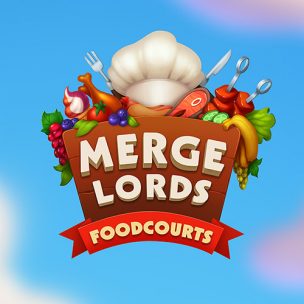Corporate News
Full-Cycle Game Dev & Art Creation for MechaChain – Innovative Robot Combat Mobile Game
MechaChain is a future space conquest and robot combat video game developed by Kevuru Games, and published by Gameverse Publishing. Our team was honored to become a trusted partner of Gameverse …
10
2610

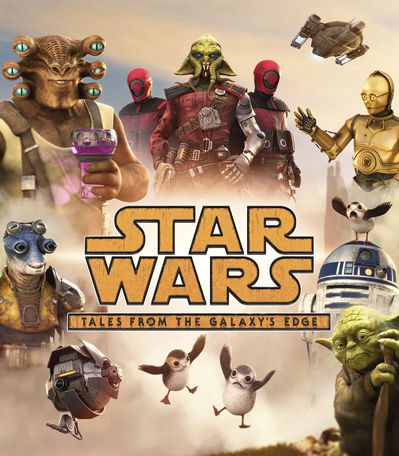

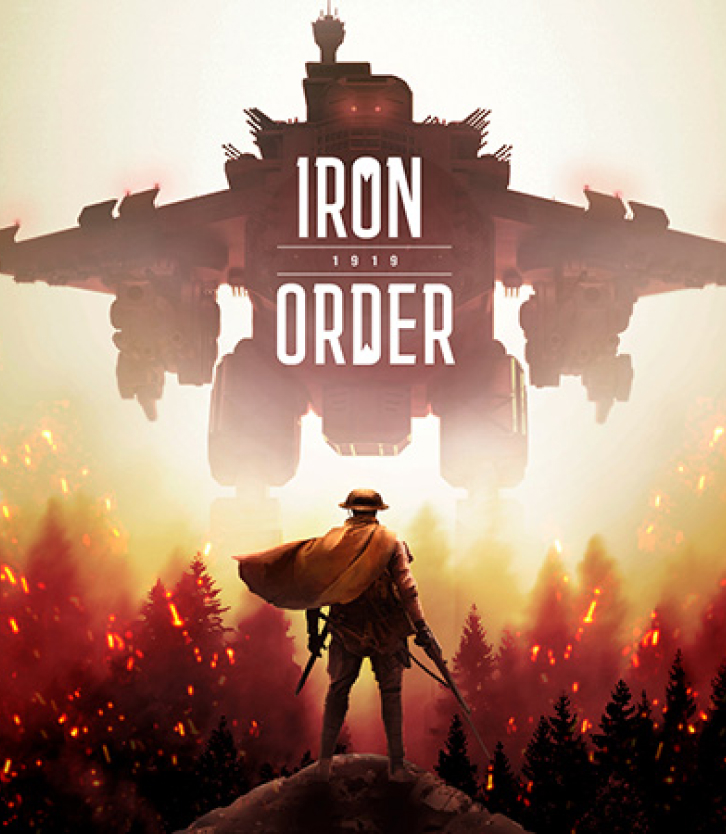
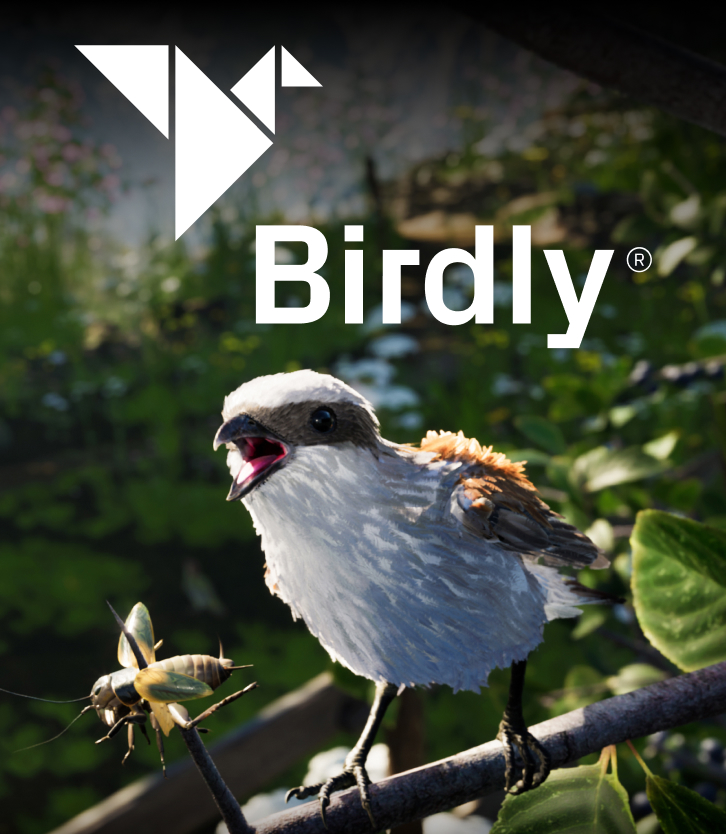
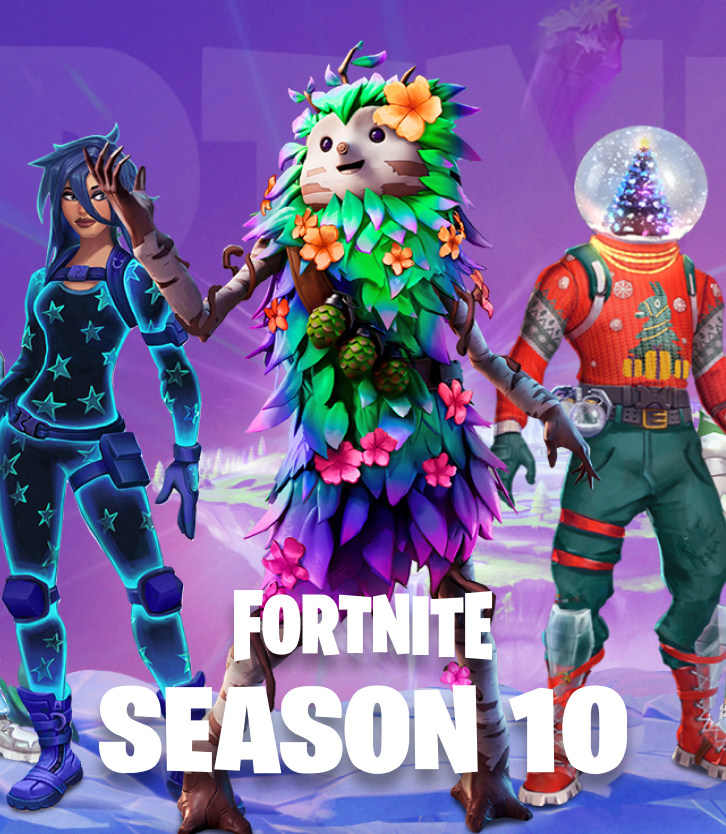
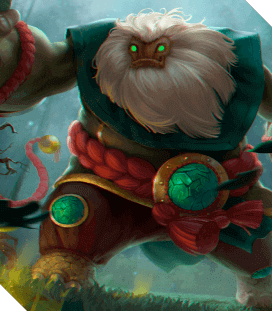
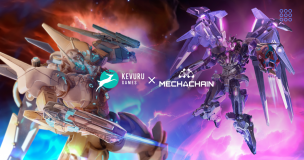

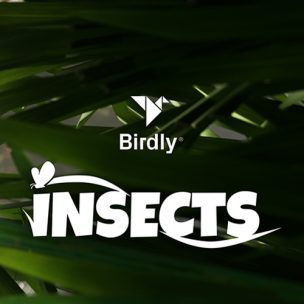
![Star Wars: May the Force of 3D Character Design Be With You [Case Study]](https://kevurugames.com/wp-content/uploads/fly-images/5496/Star-wars-mini-304x307.jpg)
![How We Worked on Tabou Stories – A Game with 1+ Million Downloads [Case Study] | Kevuru Games](https://kevurugames.com/wp-content/uploads/fly-images/2769/img6-1-304x307.jpg)
![Character Concepts That Rocked Fortnite Players [Case Study]](https://kevurugames.com/wp-content/uploads/fly-images/2450/CHARACTER_CONCEPTS_THATmin-304x307.jpg)
![Saving King Arthur: When 2D Art and Voice Come Together [Case Study]](https://kevurugames.com/wp-content/uploads/fly-images/4095/VQmini-304x307.jpg)
![Comics Bob and Co. or Aerobatics of Cave Animation [Case Study]](https://kevurugames.com/wp-content/uploads/fly-images/4910/unnamed-304x307.png)
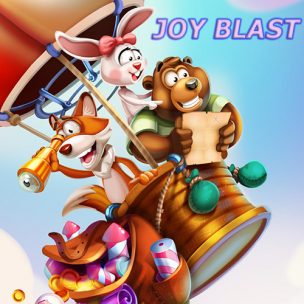
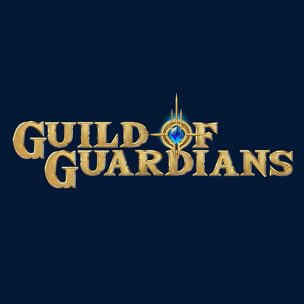
![Claire Hart: Mysterious Aesthetics of Hidden Object Games [Case Study]](https://kevurugames.com/wp-content/uploads/fly-images/3771/preview-304x307.jpg)
